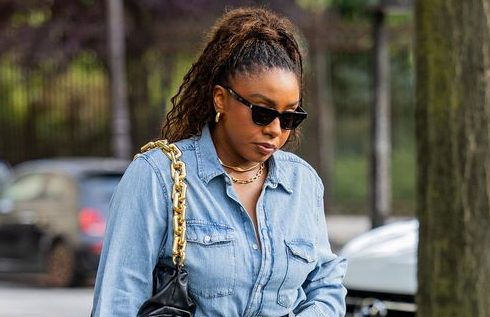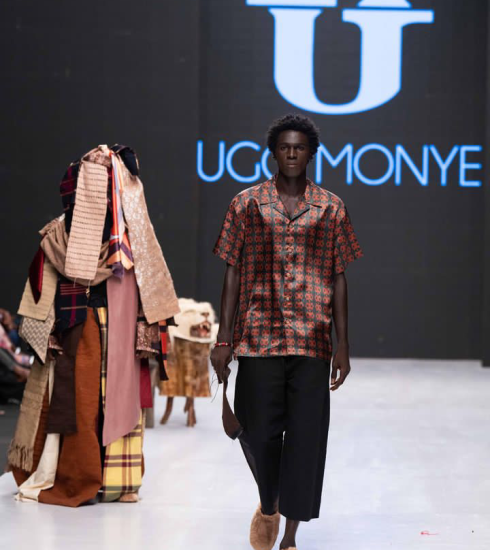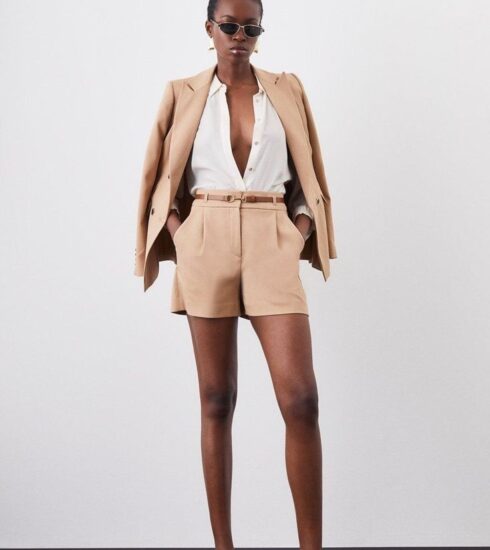Religious Fashion An Existential Oxymoron?
Unconventional and daring were some of the words used to describe what Kim Kardashian wore to this year’s Met Gala, but this wasn’t the first time women have been moving around without an inch of skin showing.
According to Wikipedia, fashion is a form of self-expression and autonomy at a particular period and place and in a specific context, of clothing, footwear, lifestyle, accessories, makeup, hairstyle, and body posture.
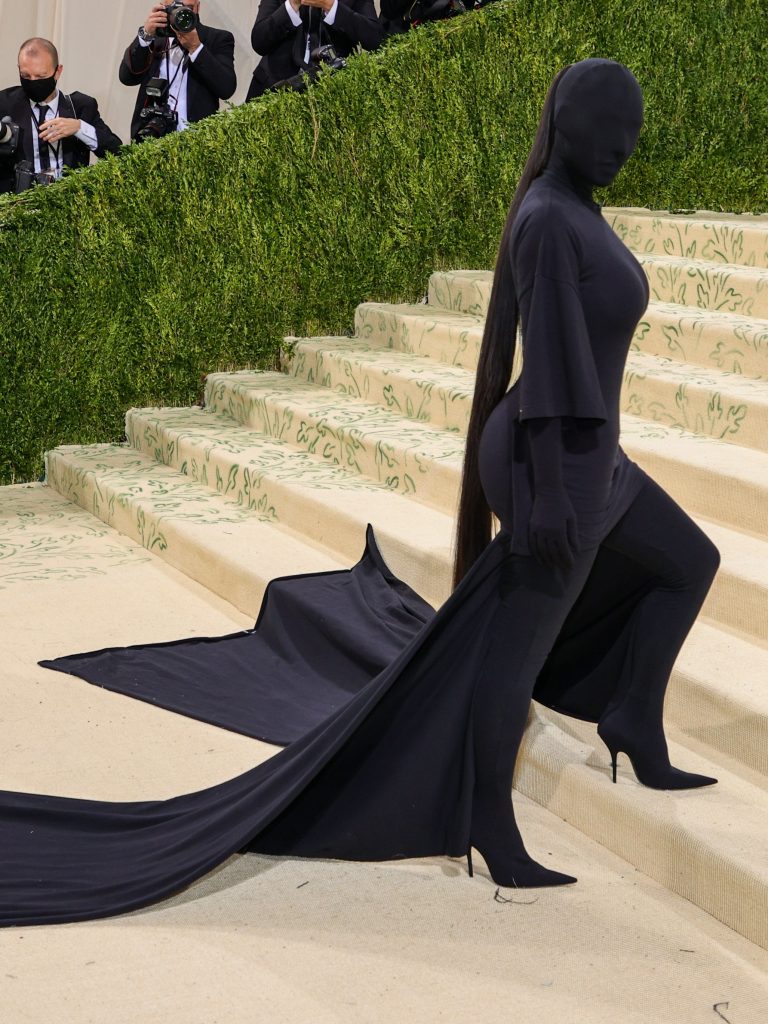
Kim Kardashian at the Met Gala
Across generations, cultures, and traditions, fashion has been a prevalent fixture in our existence. It is the most common form of expression of one’s personality. Despite its power as an art medium to make statements, however, fashion has enjoyed a bit of friction in the conversation with religion.
Religious institutions around the world often label fashion as a secular concept. In most religions, the laws are so restrictive and for the most part, it is often controversial if a devotedly religious woman dares to be fashionable… well in the public eye, at least.
The most practiced religions in the world, Christianity and Islam, might not see eye-to-eye on a host of things, however, when it comes to dress code, both religions stress conservative clothing for women.
In Christianity, several doctrines condemn provocative dressing for women but it’s not that straightforward. Referencing the Holy Bible, Deuteronomy 22:5 reads, “A woman must not wear men’s clothing, nor a man wear women’s clothing…” We see the tricky task of interpreting some Old Testament scriptures laws to our current circumstances. What if a Christian woman is a construction worker, can she not then wear pants? Must she always wear a skirt?
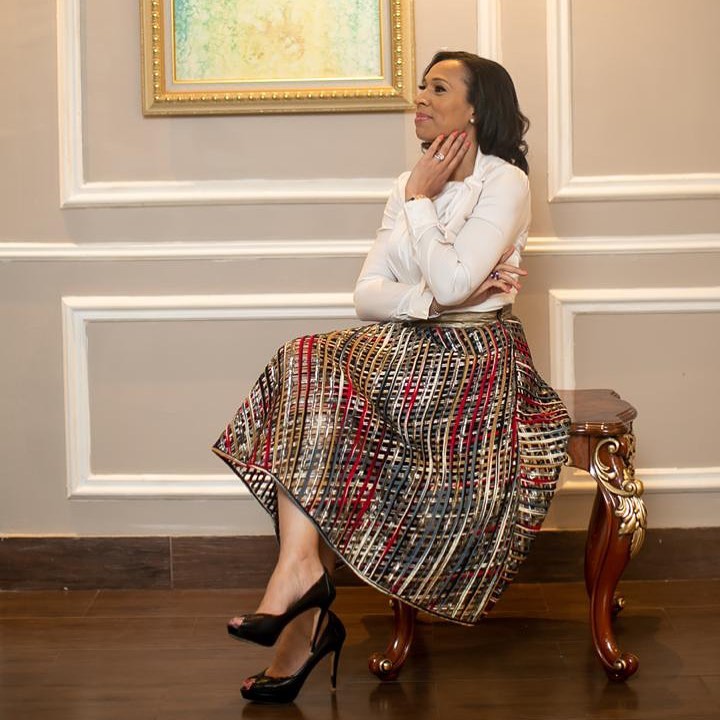
Ifeanyi Adefarasin
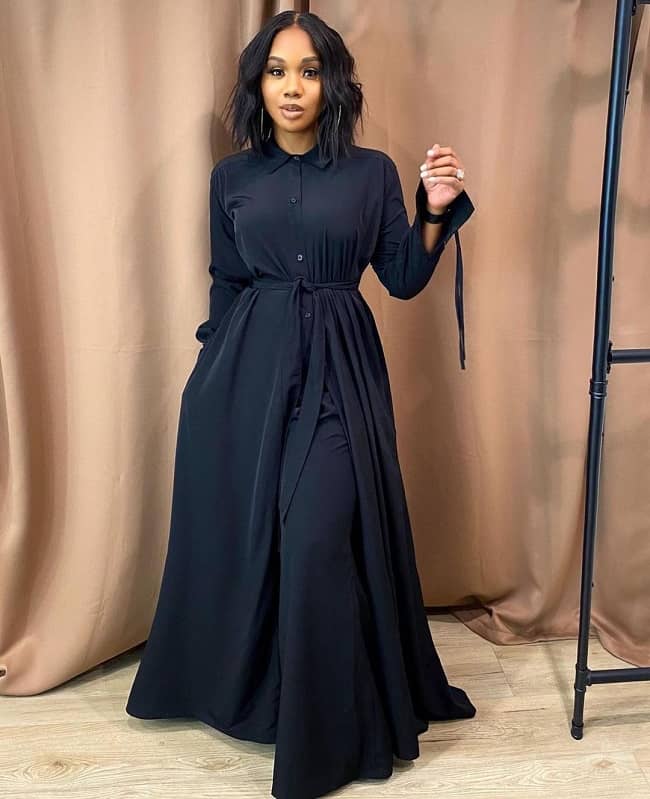
Sarah Jakes Robert
In the New Testament of the Bible, Apostle Paul spoke about women’s clothing. In 1 Timothy 2:9-10, he said “I also want the women to dress modestly, with decency and propriety, adorning themselves not with elaborate hairstyles or gold or pearls or expensive clothes, but with good deeds, appropriate for women who profess to worship God.” It is important to note that in this scripture, Paul does not mention dresses or skirts only, but he says to women to clothe themselves modestly, which by definition means neither boldly nor assertively. Each generation must reinterpret these texts for their own time. Gold, pearls, elaborate hairstyles, and expensive clothes are not necessarily immodest in our contemporary society today.
Paul is not trying to regulate women’s dress but speak to the heart and attitude of whether they want the attention of men or God. This raises questions about what a Christian dress code entails. And if so, should we still follow it today?
The Islamic dress codes on the other hand have garnered the most controversies globally. With a set of requirements to be met, the restrictions have been questioned over time.
The Quran calls for women to “draw their head-coverings over their chests” (24:30-31), and the Prophet Muhammad instructed that women should cover their bodies except for their face and hands. Most Muslims interpret this to require head coverings for women, although some Muslim women, especially those of more conservative branches of Islam, cover the entire body, including the face and/or hands, with a full-body chador.
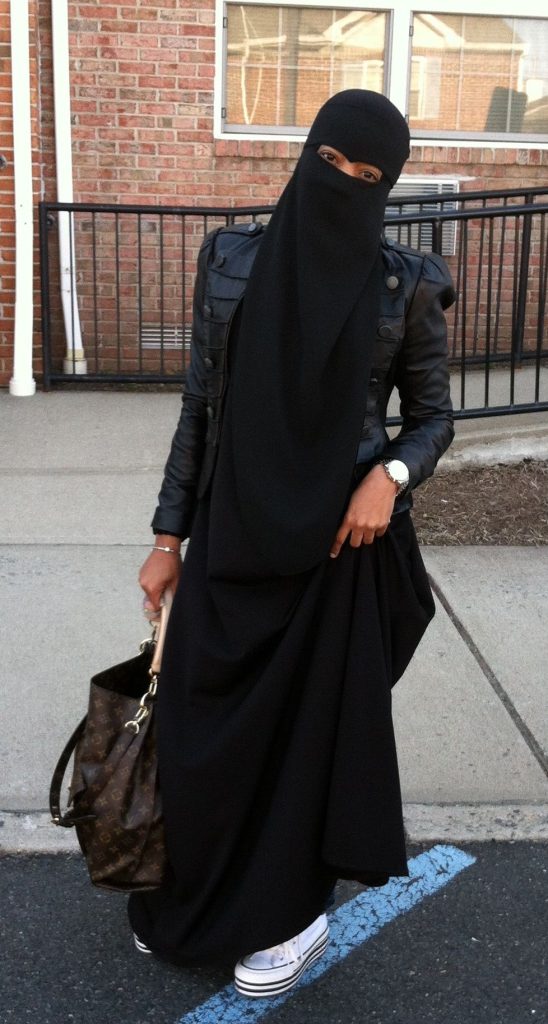
A Muslim Woman in Burqa
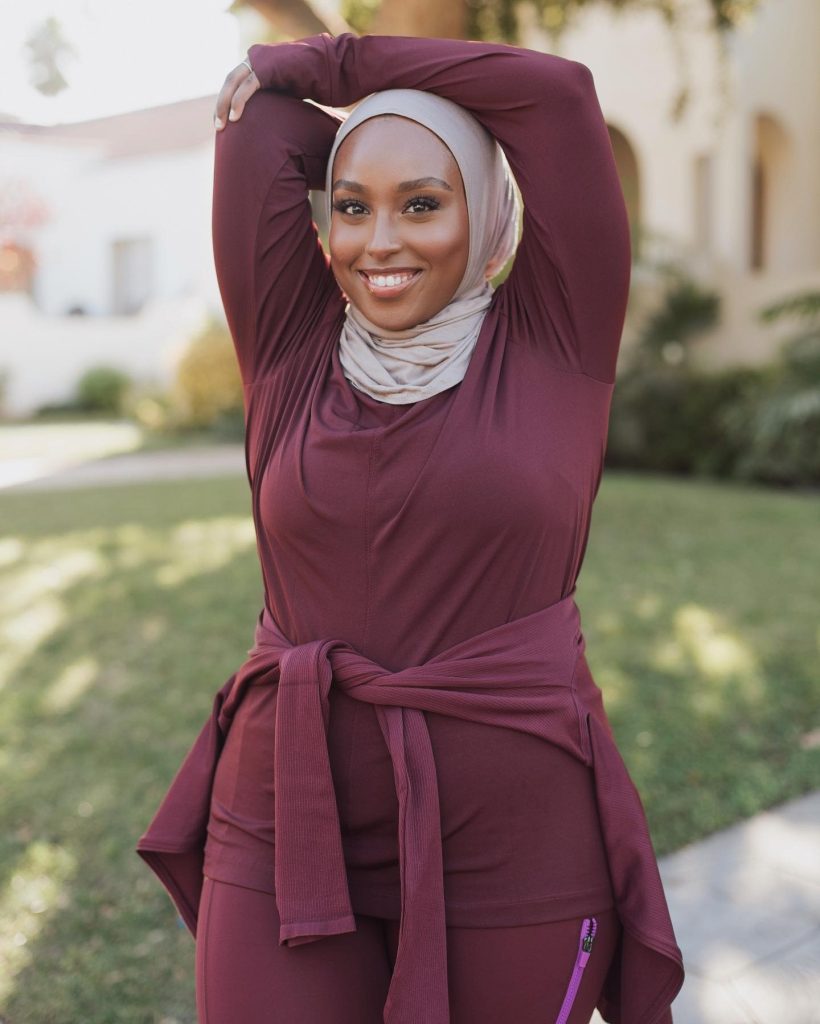
Aysha Harun
Islam also guides that clothing must be loose enough so as not to outline or distinguish the shape of the body. Skin-tight, body-hugging, see-through, and flashy clothes are also discouraged for women.
To meet all of these requirements in one outfit, Muslim women have turned to characteristic garments and clothing accessories. This includes the burqa, niqub, abaya, and hijab, with the first two especially receiving the most criticisms globally. The hijab, however, is the most worn by Muslim women worldwide, and some of them style and wear it with a panache that is so aesthetically pleasing, it still ends up feeding the male gaze.
Over the past decade, several European countries, including some Muslim-majority nations, have placed a legal ban on the face-covering Islamic clothing, burqa. Even the permissible hijab has been heavily regulated in some parts of the world; women aren’t allowed to wear it to public schools and government offices. There is still a lot of debate about what type of Muslim women’s clothing is perceived to be most appropriate, and it seems that the debate will continue to go on for many years to come. This begs the question; ‘Just how restrictive is the Muslim dress code?’
Critics of the Muslim veiling tradition argue that women do not wear the veil by choice, and they are often forced to cover their heads and bodies. In contrast, many daughters of Muslim immigrants in the West argue that the veil symbolizes devotion and piety and that veiling is their own choice. To them, it is a question of religious identity and self-expression.
Whatever the opinions are on religious dress codes and their political interpretations, it doesn’t change the definition of fashion as aforementioned. It is unique, self-fulfilling, and may be a part of someone’s identity. Just like art, fashion does not have to be liked by everyone, it is an expression of one’s tastes.
Self-identifies as a middle child between millennials and the gen Z, began writing as a 14 year-old. Born and raised in Lagos where he would go on to obtain a degree in the University of Lagos, he mainly draws inspiration from societal issues and the ills within. His "live and let live" mantra shapes his thought process as he writes about lifestyle from a place of empathy and emotional intelligence. When he is not writing, he is very invested in football and sociopolitical commentary on social media.




